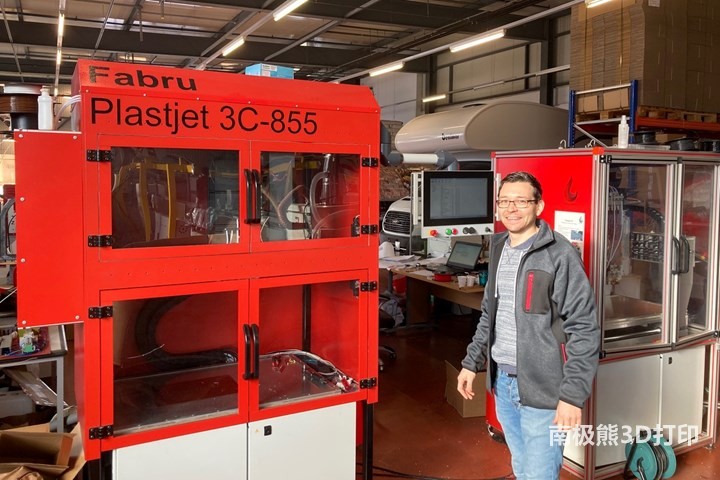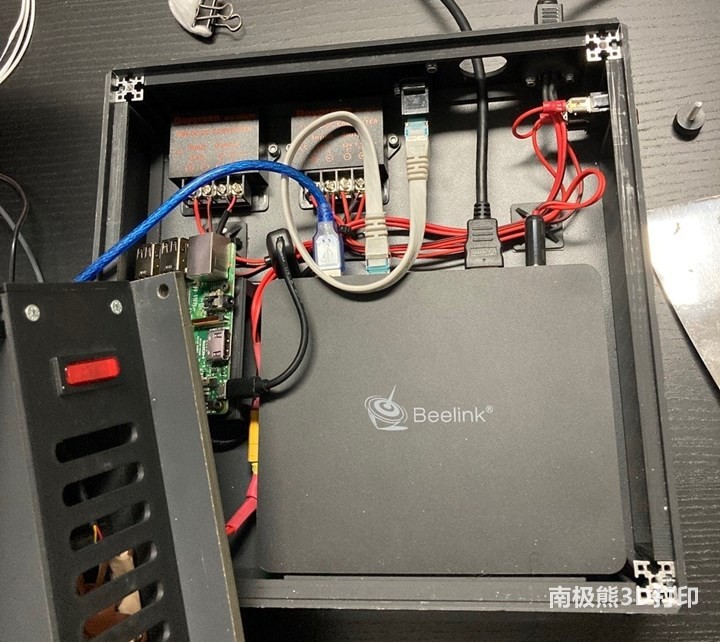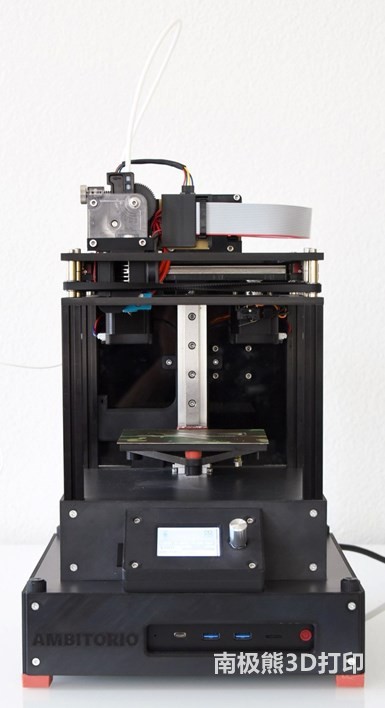In theory,3D printingIt is the perfect production method for distributed manufacturing. Digital files can be easily transferred across borders without the need to ship goods around the world.3D printers with the right materials and capabilities can print any design without
mold
, cutting tools or other fixtures. Printers can be located anywhere, and production can be localized at will.

△Fabru, a 3D printer manufacturer and service provider, has become a node for testing blockchain solutions
This is the vision of distributed manufacturing, but there are many hurdles to make it happen. From a designer’s or OEM’s perspective, distributing 3D printable files to distant manufacturers or individual users poses risks – risk that files may be tampered with; print more than authorized; intellectual property will stolen. Designers largely have no control over how many times a design can be printed after it is sold.This means they are often forced to sell designs at higher prices, regardless of whether the manufacturer intends to3D printingOne or thousands. The Antarctic Bear 3D Printing Network has also tried blockchain 3D printing projects.
Therefore, the party receiving the 3D printed design files may be taking financial risks in purchasing them and may also have doubts about authenticity, provenance or completeness.
Johannes Schweifer, founder and CEO of CoreLedger, said blockchain is a possible solution, offering a way to build trust between two parties. With offices in Liechtenstein and Switzerland, CoreLedger provides businesses with low-cost blockchain solutions. “We allow companies of all sizes to use blockchain without the need for their own blockchain development teams,” Schweifer said. By combining off-the-shelf blockchain infrastructure and customization for each use case, CoreLedger customers can implement the technology to record and tokenize assets, manage the use of digital artifacts, make items tradable, build smartphone apps, and more.
CoreLedger previously partnered with Swiss company Ambitorio and provided the blockchain infrastructure to support secure file exchanges based on blockchain technology. In 2021, Ambitorio participated in a project of Interreg, an EU initiative that supports cross-border cooperation projects to address common challenges between EU countries. interreg
funding
The other members of the program collaborated to find new business models for 3D printing, creating a solution for distributing additive manufacturing files that achieves three main goals:
①Protect 3D printable files by dispersing files. The encryption algorithm generates a unique hash or fingerprint for each file based on its content. The blockchain does not store the file itself, but a hash value that verifies its authenticity. No two files will have the same hash unless they are absolutely identical; changing anything about the data will result in different hashes. While the technology isn’t entirely new, collaborators have iterated on the technology to easily convert 3D printed files into digital artifacts on the blockchain. The unique fingerprint of each artifact makes it easy to verify proof of authenticity and uniqueness.
②Protection of access to data. In this system, 3D print files are encrypted and access rights are tokenized and tied to a stored hash. When a 3D printed object is shared, the recipient gets a token that allows access. The file cannot be decrypted without this token asset, which ensures that only authenticated parties can use the 3D printable data.
③ Import3D printerrun in. This was the most challenging part of the project, Schweifer said, but also one of the most rewarding. The developed blockchain solution can limit the number of prints that can be made from a given asset by requiring that each print “spent” a token. (However, print failure and scrapping are often a reality in production, and the system provides exceptions for parts that fail quality checks; if blockchain data can prove that a part is bad, manufacturers can print more to replace it.) The company Production runs can be based on these tokens, rather than paying for full access to specific files, making 3D printing more feasible and affordable for commercial and non-commercial users.

△Blockchain 3D printing box
To test the solution, CoreLedger and Ambitorio partnered with the Swiss company Fabru GmbH to provide production services. As a pilot site, Fabru has successfully used the solution to send printable files to machines and control these The number of prints for the part.
The benefits of using blockchain for 3D printing
Implementing such a system could benefit both industrial manufacturers and consumers. On the industrial side, blockchain-protected 3D print files ensure trust between creators and manufacturers. Designers, brands or OEMs know their IP will be protected, and manufacturers can rest assured that it will receive an authentic, pristine file to print. “It becomes trusting the token, not the person selling the token,” Schweifer said.
Having such a system, along with 3D printing capabilities, helps enhance local manufacturing; manufacturers can choose to produce locally close to their customers, rather than risk sending intellectual property overseas to make parts or products with expensive tools. Spare parts are more readily available when trusted, protected 3D print files exist, as they do not need to be manufactured, shipped and stored offsite, but can be produced locally as needed. Localized manufacturing also brings sustainability benefits; on-demand production reduces transportation and associated CO2 emissions, while on-demand production avoids waste. More local manufacturing enabled by blockchain may also help protect locally produced jobs and expand employment.
(By the way, the objection to blockchain sustainability is mostly related to the mining of the Bitcoin cryptocurrency, a blockchain technology that relies on a proof-of-work consensus mechanism that consumes a lot of
energy
. Other activities supported by the blockchain use different mechanisms such as Proof of Stake and Proof of Authority, which consume much less energy. )
But on the individual user side, the solution has the potential to expand the civilian popularity of 3D printing, as it could give home and independent 3D printing users authorized access to verified designs. Although files come at a cost, their availability may help ease barriers to entry for design; 3D printing operators do not need to be an additive manufacturing design or design expert to successfully manufacture goods and parts. Manufacturers wishing to print copyrighted can legally buy these designs through such a system. OEMs and consumer brands may even be incentivized to sell customers printables for replacement parts, customizations and accessories, or even custom product lines, knowing that their IP will be protected by the blockchain.
The future of blockchain 3D printing

△ Ambitorio linked to the blockchain 3D printer
Since its launch in 2019, the Interreg project has achieved its initial goals and is in test operation through the Fabru site. The collaborators have already started conversations with other 3D printer manufacturers about integrating the solution into their devices.
“The next stage is to make everything tradable,” Schweifer said. The combination of 3D printing and blockchain creates the opportunity to deal with 3D printed objects, such as tokens (fungible or non-fungible) that can be exchanged. For example, if a manufacturer purchases the rights to 3D print 1,000 pieces but only produces 900 pieces, the remaining 100 pieces may be bartered or transferred to another manufacturer. In addition to 3D printing, machine utilization can also be tokenized in a similar way—manufacturers market and sell available machine time in the form of transaction tokens.
Currently, there is more work to be done. The concept of distributed 3D printing has received more and more attention abroad after the new crown, which can partially solve the supply chain crisis.
(responsible editor: admin)


0 Comments for “Blockchain technology promotes distributed 3D printing manufacturing model”